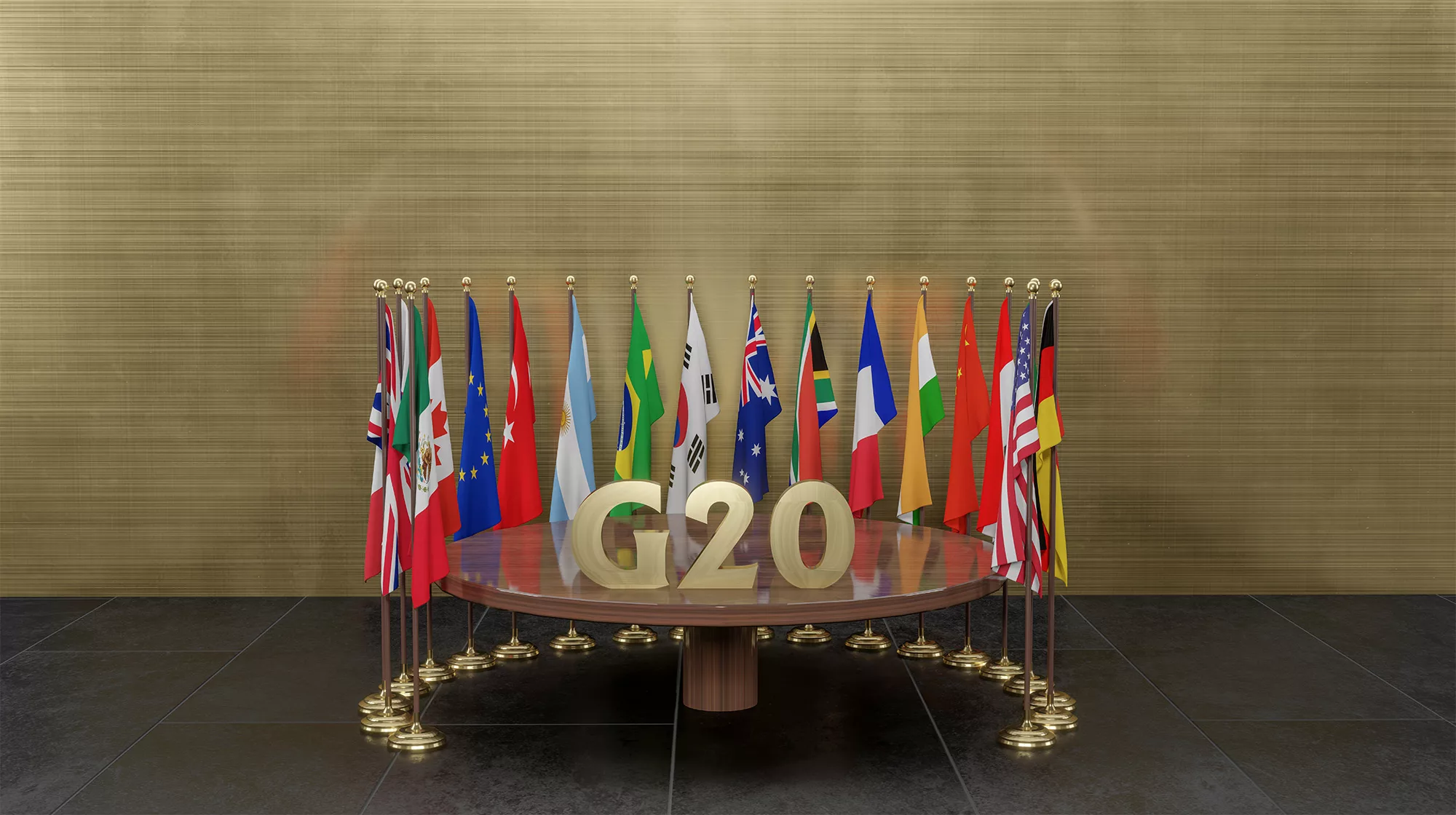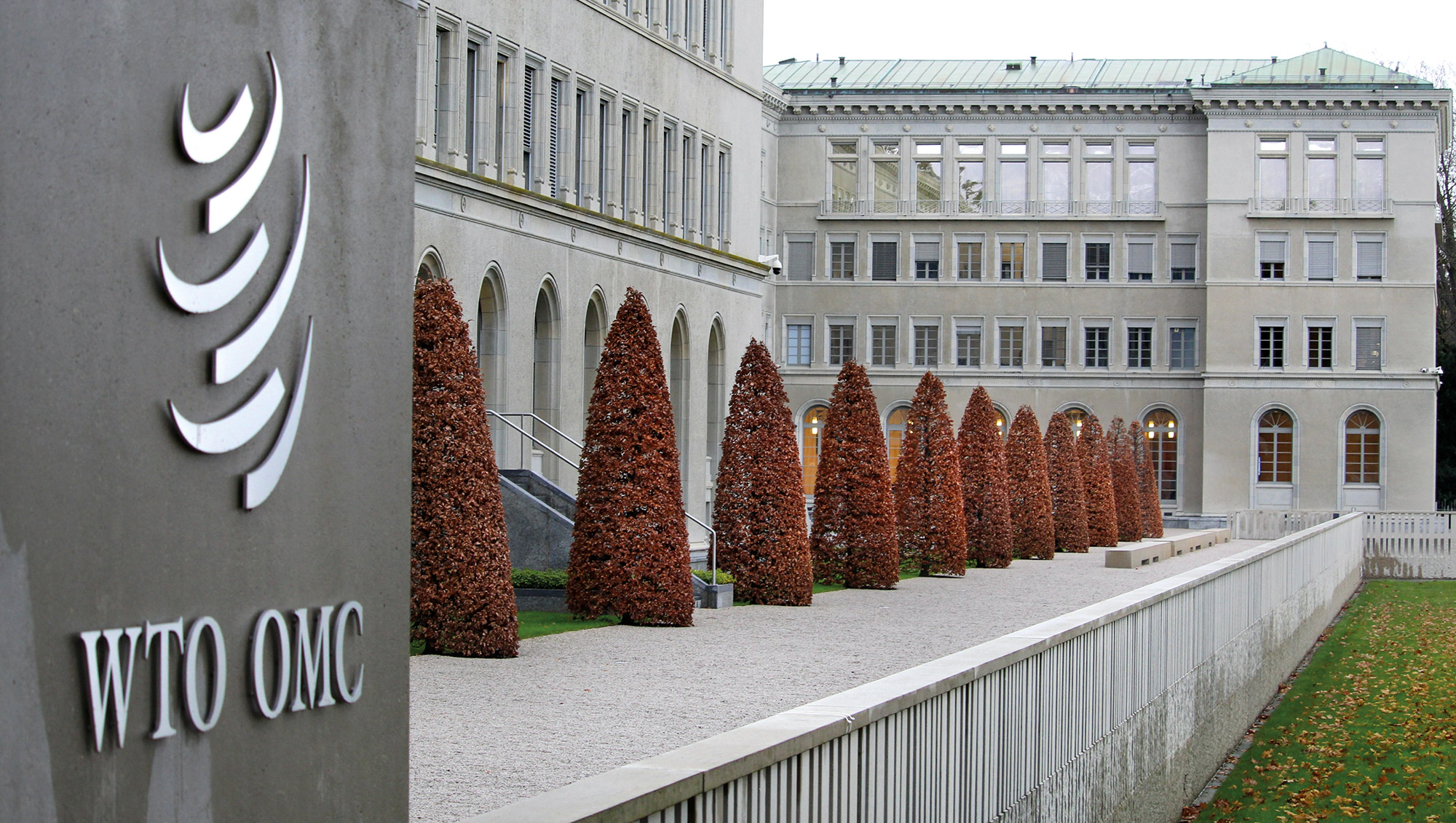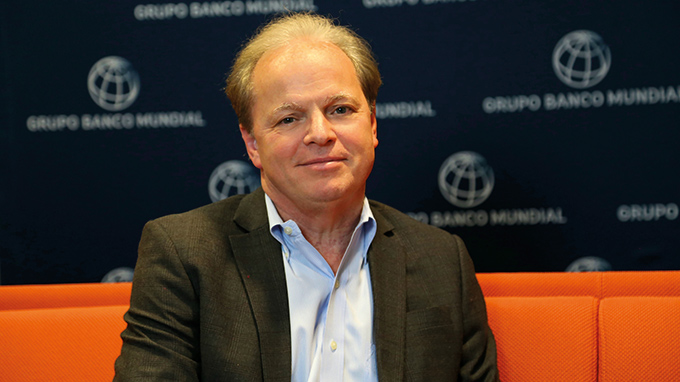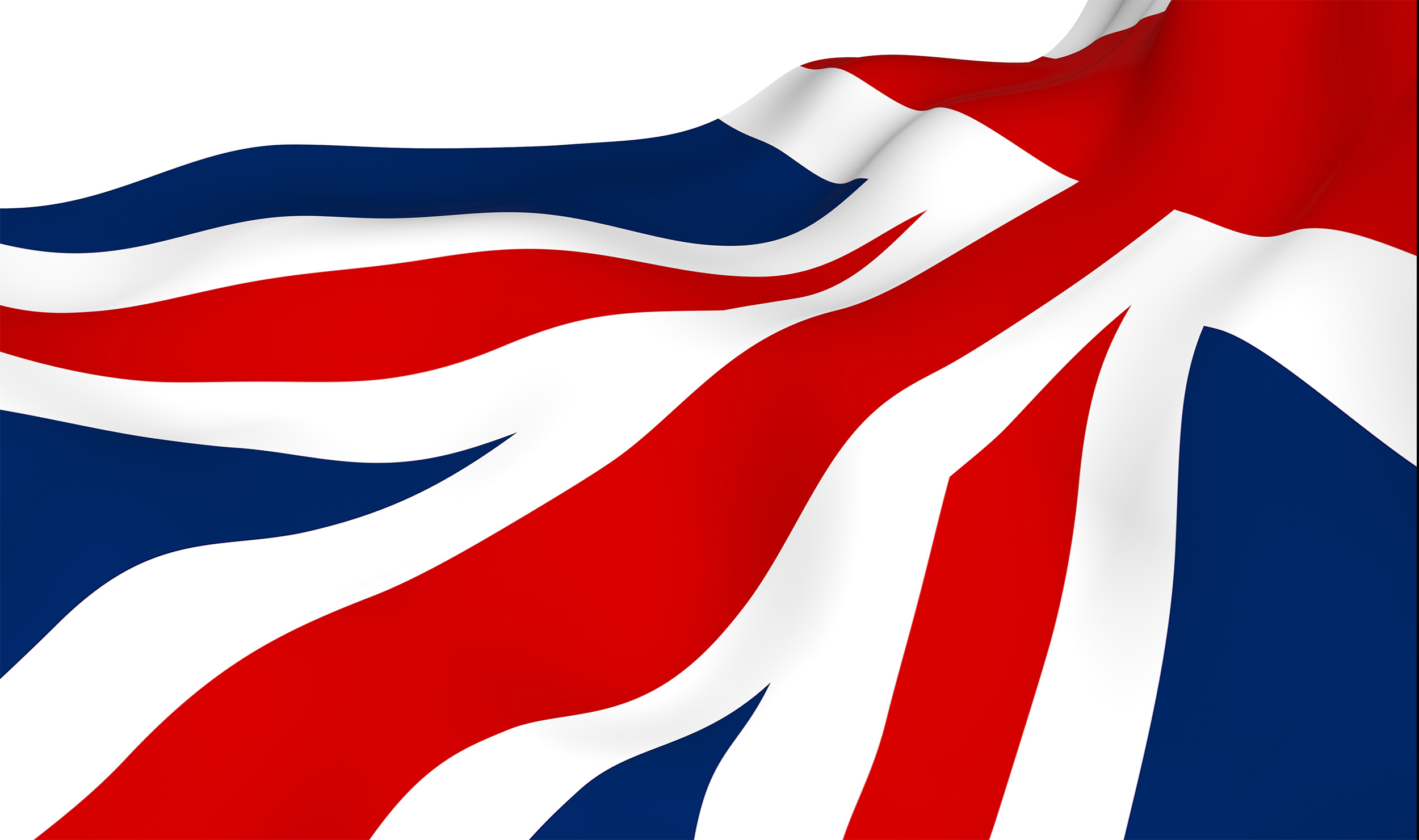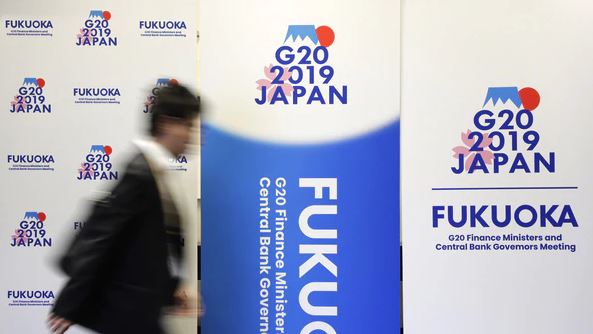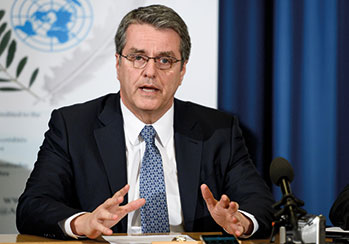G20 countries
[vc_row][vc_column width=”1/2″][vc_column_text]
By BRENDAN FILIPOVSKI
G20 countries in red, countries represented through membership of the EU in purple, permanently invited country, Spain, in yellow
Globalisation in the 1990s was full of promise but the 1997 Asian Financial Crisis and the 1998 Russian debt crisis showed that openness to trade also created new channels for financial and economic contagion. There were also growing concerns over the equity of globalisation punctuated by the Seattle WTO protests in 1999. As the G7 grappled with these issues, the G20 emerged. Now it is facing its own challenges.
The G7 was formed in 1976 to ensure the stability of the free world in response to the economic crises of the 1970s and in opposition to Soviet influence. But with the collapse of the Soviet Union in 1991 and the creation of the WTO in 1994, the focus of the G7 was changing. Further, several emerging economies, particularly China, were growing in economic influence.
In September 1999, the G7 finance ministers and central bank governors presented the concept of the G20: “A more inclusive and representative forum” to focus on “international financial affairs” that translates the “benefits of globalization into higher incomes and better opportunities for people everywhere”. Membership was to include countries “whose size or strategic importance gives them a particularly crucial role in the global economy”. The G20’s inaugural meeting was held just three months later in December 1999 in Berlin.
The G20 is made up of the G7 countries plus 12 emerging countries and the EU. International organisations, including the Financial Stability Board, the ILO, IMF, OECD, UN, World Bank, and the WTO, provide regular input.
The G20 countries represent around 65% of the world’s population, 79% of global trade, and at least 85% of the world economy.
Initially it was an annual meeting of finance ministers and central bank governors (the financial channel). In 2008, a leader’s summit was added. Typically, governments appoint key public servants, “Sherpas”, to work on agenda items outside of the finance channel.
Like the G7 there is no secretariat or charter. Instead there is a revolving presidency (based on a rotation between regional groups). The host country organises each summit and sets the agenda with the previous and next host.
At the end of each summit, a communique is issued expressing the consensus of members. It is this consensus along with the actions of the G20 members that shapes global policies and institutions.
The G20’s initial focus was reducing countries’ vulnerabilities to financial crisis through best practice regulation and prudential supervision. There was also a commitment to spread the benefits of globalisation through support of the WTO and the IMF’s and World Bank’s HIPC (Heavily Indebted Poor Countries) initiative.
After the “September 11” terrorist attacks, the G20 also looked at measures to thwart terrorist funding through financial systems.
Perhaps the G20’s finest hour was its response to the 2007-09 Global Financial Crisis. In 2009, the G20 collectively agreed to $5 trillion in stimulus. It also agreed to support an increased capacity for the IMF. It also provided additional valuable input into new financial regulatory and prudential standards developed under Basel III. The deadline for Basel III was extended because of the financial crisis.
Other highlights include the 2016 summit in Hangzhou, China, where China and the US formally announced their countries’ accession to the Paris Agreement on climate change.
The 2021 Summit in Rome saw a commitment to a fairer international taxation system with including a 15% global minimum corporate tax by 2023.
However, many have been disappointed with the G20’s failure to prevent the trade war between the US and China and its lack of a coordinated response to the COVID-19 pandemic.
The conflict in Ukraine is also posing a problem for the G20 given Russia’s membership. At the G20 meeting of finance minister in Indonesia in 2022, there was no consensus and no joint communique.
While the actions of the G20 may be curtailed because of the tensions between China, Russia, and other members, the fact that all these countries have a forum outside the UN to discuss key economic and political issues should be seen as a positive for the world.
[/vc_column_text][/vc_column][vc_column width=”1/2″][vc_column_text]
G20 countries
Member | Population (2018) | GDP Growth (2021, %) |
|---|---|---|
44,688,864 | 10.2638 | |
24,772,247 | 1.4752 | |
210,867,954 | 4.6194 | |
36,953,765 | 4.5629 | |
1,415,045,928 | 8.1098 | |
67,539,098 | 6.9636 | |
82,293,457 | 2.8926 | |
1,354,051,854 | 8.9480 | |
266,794,980 | 3.6912 | |
59,290,969 | 6.6438 | |
127,185,332 | 1.6208 | |
51,164,435 | 4.0212 | |
130,759,074 | 4.7972 | |
143,964,709 | 4.8198 | |
33,554,343 | 3.2409 | |
57,398,421 | 4.9146 | |
81,916,871 | 10.9862 | |
66,824,418 | 7.4413 | |
330,530,669 | 5.6711 |
















































































